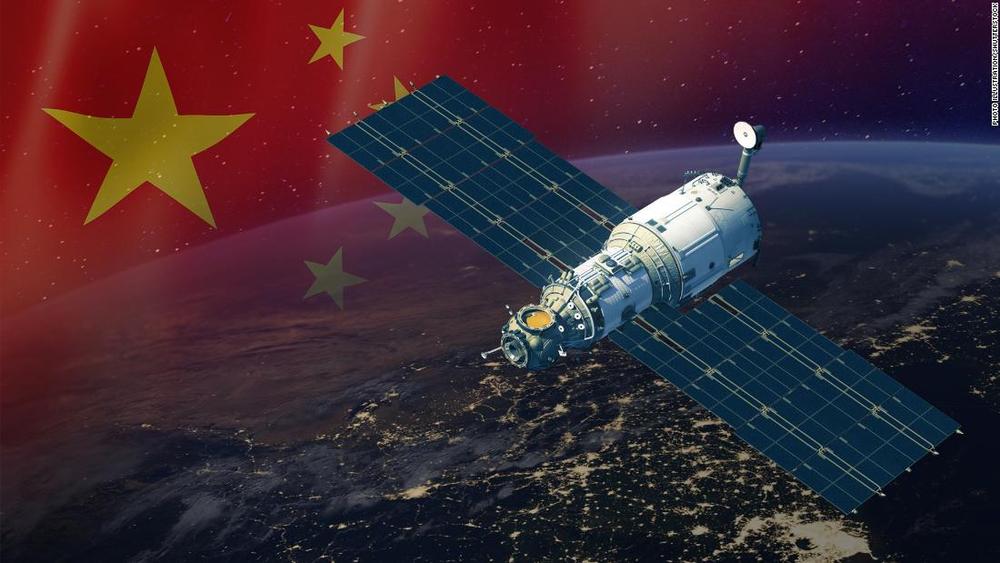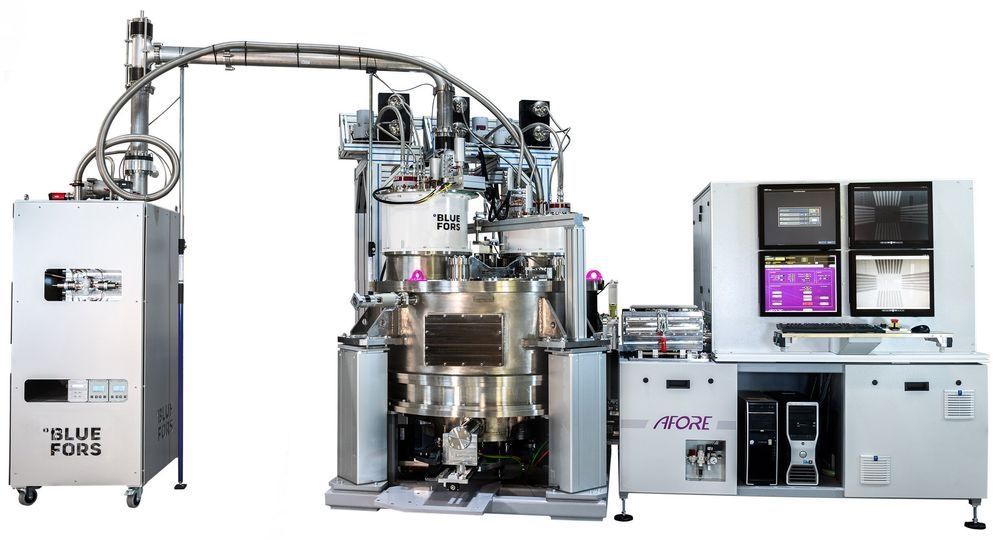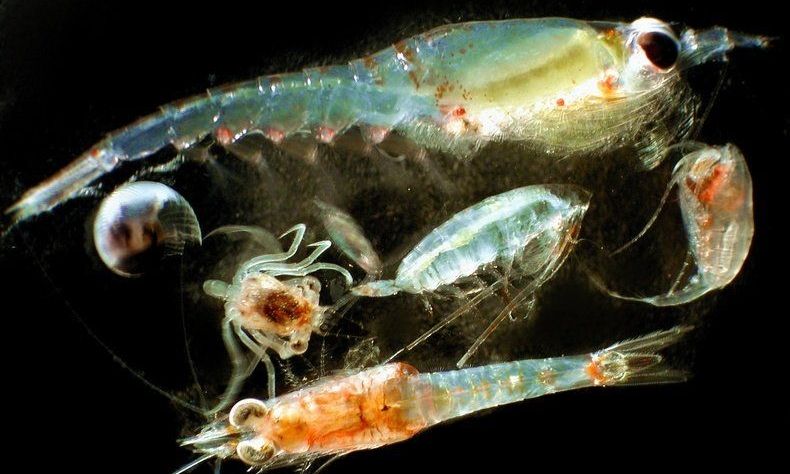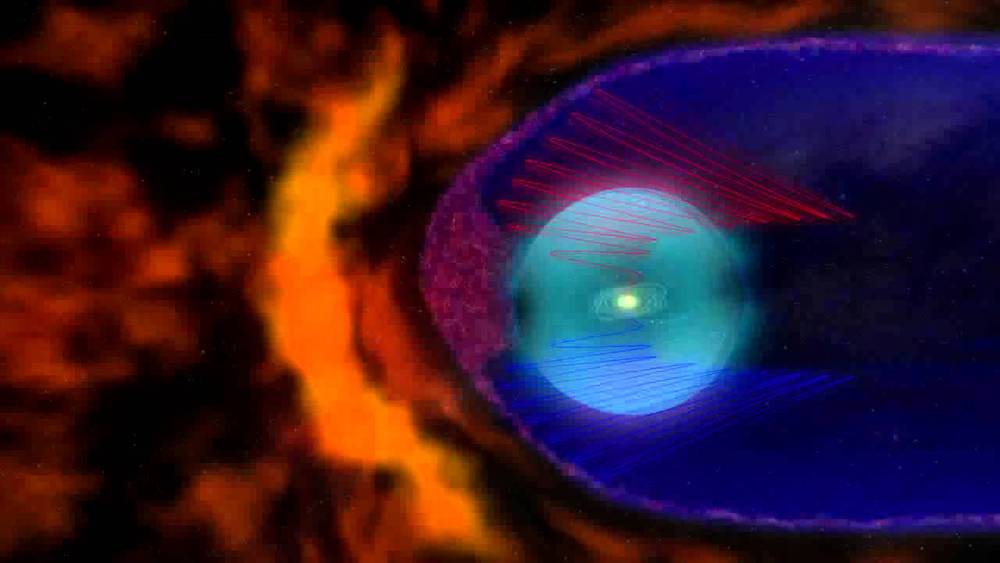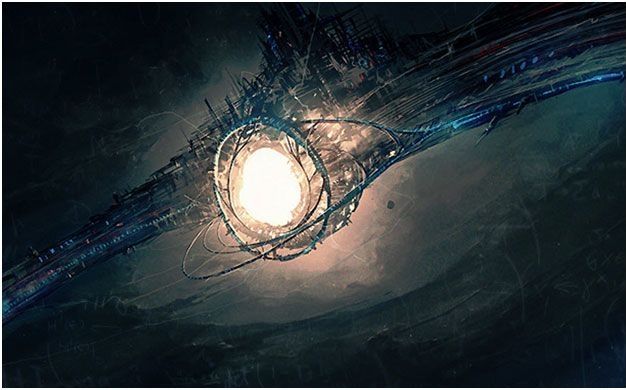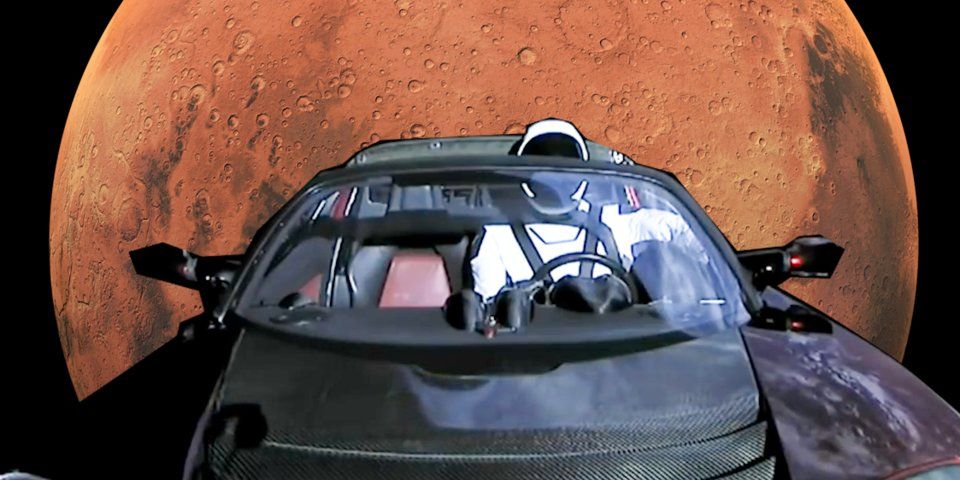Porsche made headlines for a battery it says can be charged with 400 kilometers (250 miles) of range in 15 minutes. If Piëch’s claims about a 4:40 charge hold up, Engadget pointed out, they’ll blow Porsche’s technology out of the water.
“We have developed a sports car that we ourselves would like to buy, and we talked for a long time to many enthusiasts about what was missing on the market,” co-founder Toni Piëch said in the press release. “We want to offer a modern classic that isn’t subject to consumer cycles. The driver of this sports car should enjoy any minute they can spend in the car.”
READ MORE: Piëch’s electric coupe charges to 80 percent in five minutes [Engadget] .

